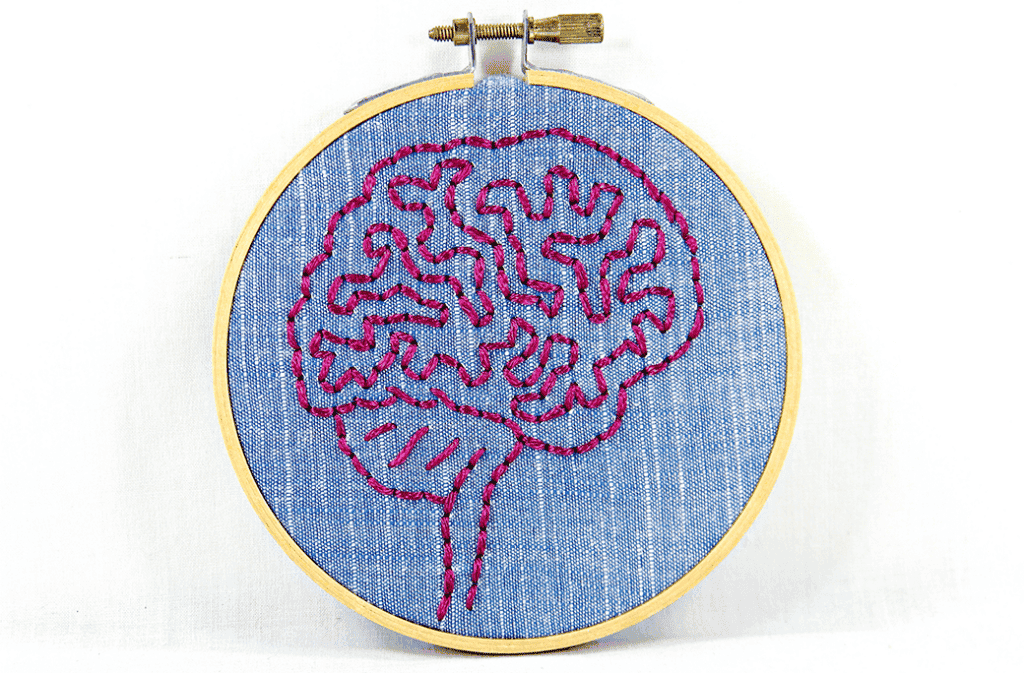Do you remember your school days when the latest trend (usually visible like bags, trainers or haircuts) meant that you felt like you belonged? As a highly simplistic explanation this is what some of my clients in therapy have explained “sexting” is to them.
However, from a psychological and neurological perspective it seems to be more complicated than that. Children who enter adolescence; (around 12 years of age) have a number of changes that take place in their brains. They begin to develop an identity, move away from parents and towards peers and begin to develop sexually (puberty).
Age children begin to experiment with new behaviours
During this phase which lasts from 12 to 25 years of age, young people begin to experiment with who they are. As they enter romantic and sexual relationships they ‘try out’ new behaviours. This is the most common age for “sexting” in the research literature. This is not to say that children younger do not partake in this behaviour, the reasons for doing so are different from a cognitive (thinking) perspective.
How tech advances have changed how children ‘try out’ new behaviours
As we now have technology that enables this ‘trying out’ of new behaviour without the complex intricacies of non-verbal communication, young people can sometimes make errors in judgement or take risks based on something called hyper rational thinking.
For example, if someone looks disgusted by something we are doing we usually stop the behaviour we are engaging in and try something else. However, if we cannot see the other person and we “take a risk” by sending a picture we can only use the information and feedback after the event.
Unfortunately, this is when “sexting” can go awry for the young person sending the message, on number of levels. Once the picture is received, the child will wait with anticipation for the response and it is this process that can provide a boost of a chemical called dopamine which is the “reward” chemical and makes us feel good about what we have just done. It also motivates us to repeat or do something more risky.
Impact of sexting on the brain

If the child then gets a positive response, this sets this process down in the brain. Armed with the knowledge that sexting is illegal (it is making and distributing child pornography) young people may still take the risk for this rush of dopamine and a positive response (we all like to given compliments).
What about if the person who received the image replies with a feeling or comment of disgust? Well, just for a moment think about the time you wore a piece of clothing/make up that your friends or family laughed or sneered at? Disgust in one person tends to produce shame in the other.
This process has a neurological and toxic effect on the developing brain. It has a toxic effect on the person and this can quickly escalate to feelings of low self-worth to a degree that the victim attempts to rid themselves of the shame in varying ways.
Quite often I see self-harm and high-risk taking behaviour in adolescents who are presenting with shameful experiences of this nature.
If these pictures are shared with others and the degree of disgust increases, then seemingly so does the impact of the shame for the victim. This is why many victims do not speak up about this issue.
What can we do as parents?
We can try and think back to our teenage years (I know you may have hazy memories) and try to recall how difficult it was to fit in, to be liked and to be accepted. Young people are currently trying out sexualised behaviours in a similar way to any adolescent of any generation.
The technology available now makes this more accessible to try out. However, the intention behind sexting may be perceived as different as there are not the same natural inhibitors that social situations produce.
When you sit with your child who may be a victim (shared pictures) or those who are criminalised for this behaviour (producing images) we may need to take a more compassionate view around the impact that sending an intimate image at a click of a button can have. Your connection and acceptance to your child is the most important factor in helping reduce the impact of this issue.






